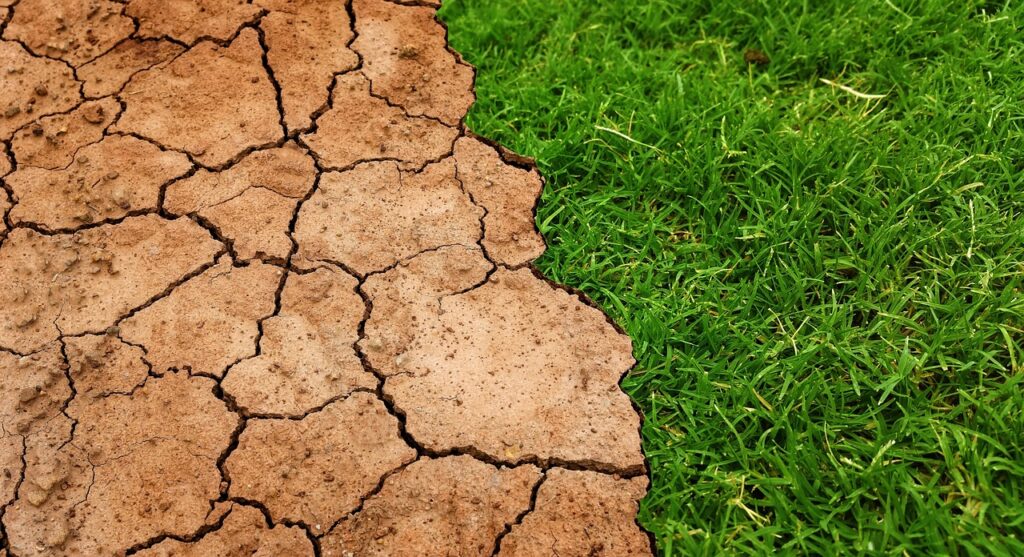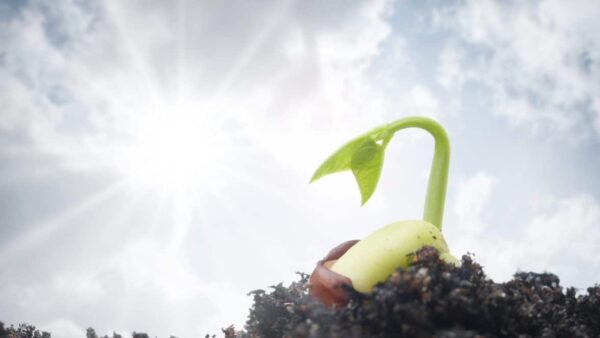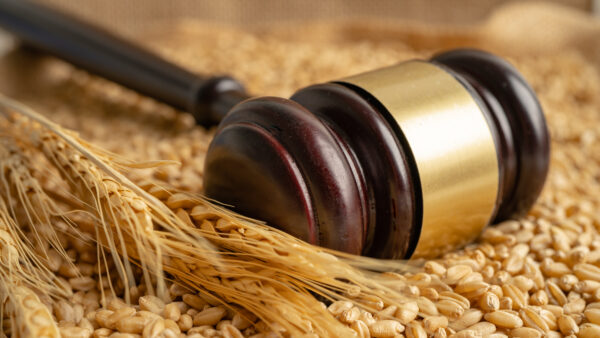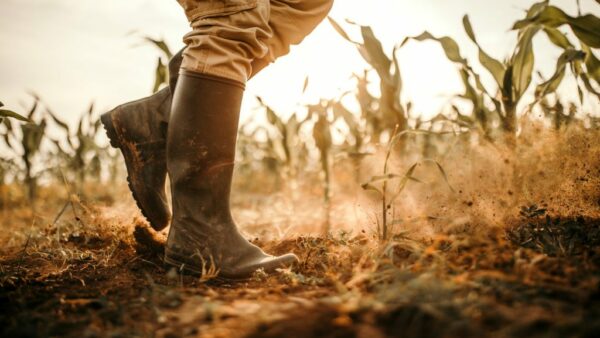When UK came out of winter 2021, soils were blessed with plenty of precipitation. This was more fortunate than anybody anticipated at the time but in the end, it prevented 2022 from surpassing the historical disastrous drought year of 1976 only by inches. What happened and what did we learn?
The hot and dry weather that stroke Europe this summer affected crop production in most other countries. Perhaps, forage production in UK and Ireland were more fiercely stroke than others because these islands are so used to frequent showers that very few are equipped with irrigation systems for pastures. In consequence, several cuts missed out completely leaving farmers with no other choice but to start feeding from their winter rations.
It did not make it better that the predominant forage species used in UK and Ireland are perennial ryegrass and white clover. Neither of them performed convincingly in any country affected this summer. It is said that one incident seldom come alone, and in this case, drought was followed by record-braking temperatures. While this truly was an additional stress factor, it may actually have prevented pastures from being eradicated because it forced the crops to go dormant.
Only a few farmers were less impacted by drought. Their paddocks consisted of mixtures containing tall fescue-type Festuloliums and either red clover or herbs, such as chicory. As a general picture, product managers across Europe unanimously reported that multi-species mixtures performed significantly better than any type of straights.
If we look at mainland Europe, testimonials from farmers and consultants say that alfalfa did really well benefitting both from many sun hours and not really minding the high temperatures. The same is true for cocksfoot and to some extend also tall fescue although its performance seemed to vary substantially between areas. In terms of yield, Italian ryegrass outperformed perennial ryegrass by several miles. This observation concurs with observations researchers did in the root- and drought screening facility, RadiMax, over a two-year experiment. Under drought Italian ryegrass produced significantly higher biomass and deep root growth than perennial ryegrass in both years.
The trend in weather conditions we have seen over the past 15 years speaks an undeniable message: Drought is likely to be more the rule than an exception. What does damage control look like in this future: First, multi-species mixtures is one of the best means to insure more outcome under drought. Second, where perennial ryegrass used to be the prime component, festuloliums or PLUS grasses as we call them are standing in line to be promoted. Their deep roots provide a strong countermeasure against spring drought and the ordeals of this summer proved that they also pose above-ground features to battle later drought spells. Several varieties come with feeding quality at least on par with perennial ryegrasses. Next step will be to improve drought tolerance of perennial ryegrass and perhaps also the forage quality of cocksfoot.









